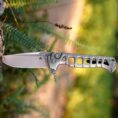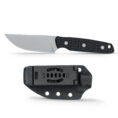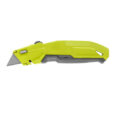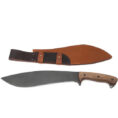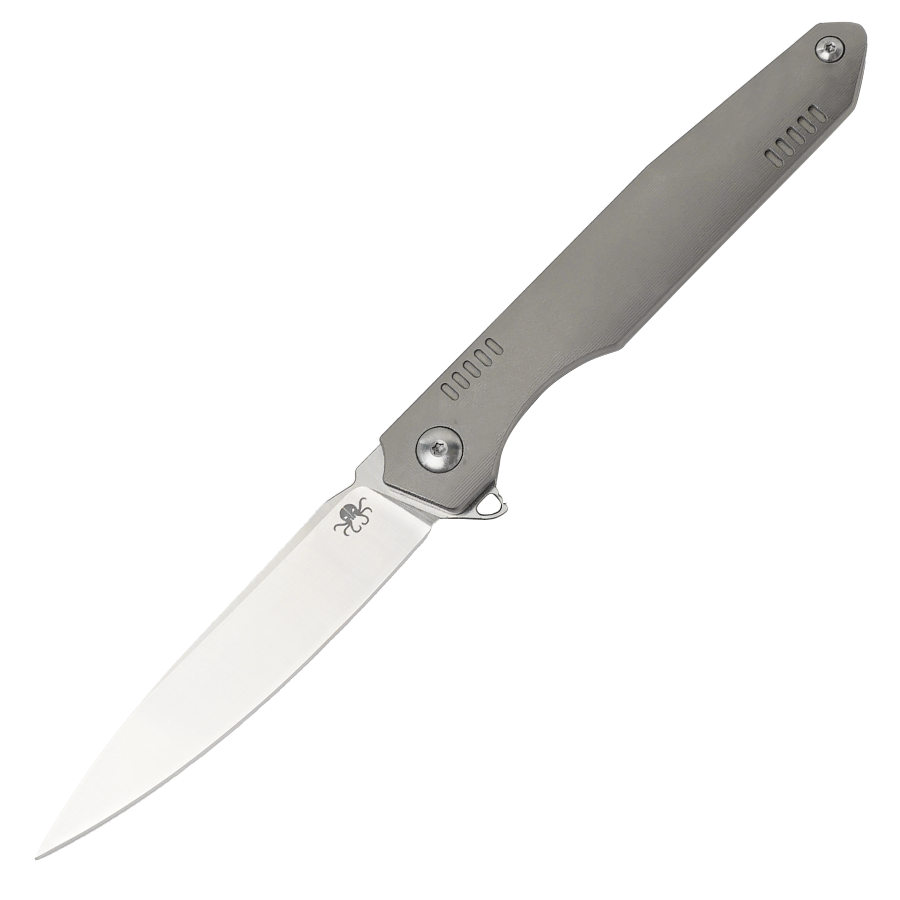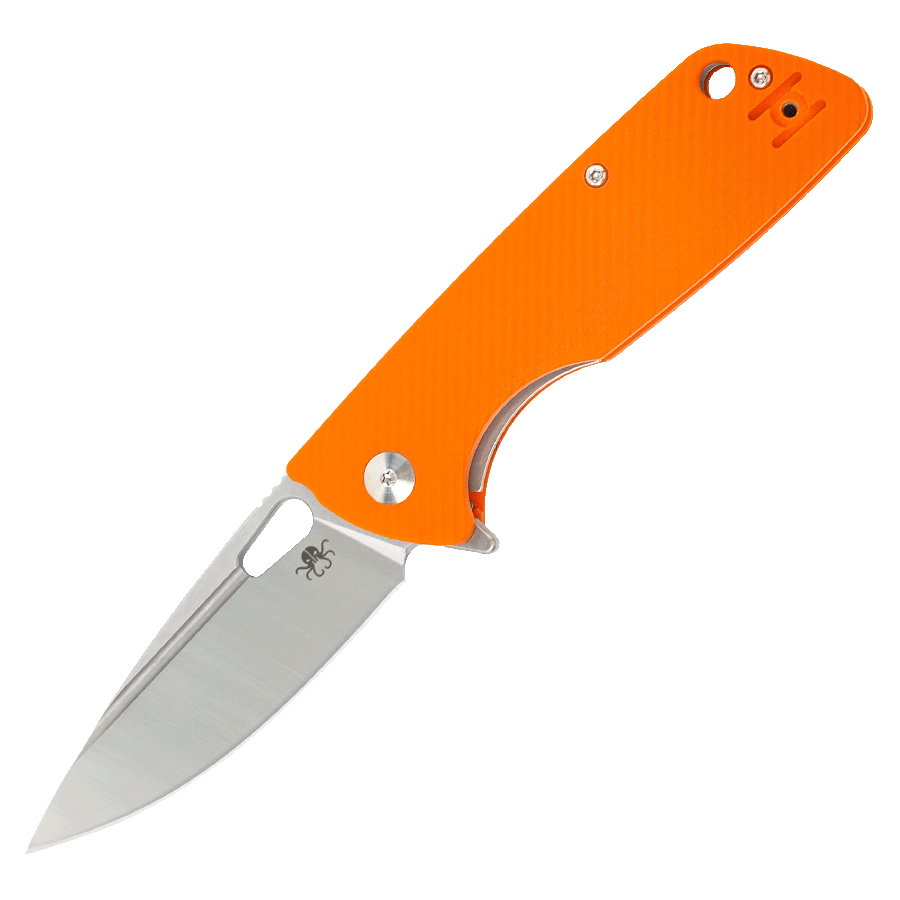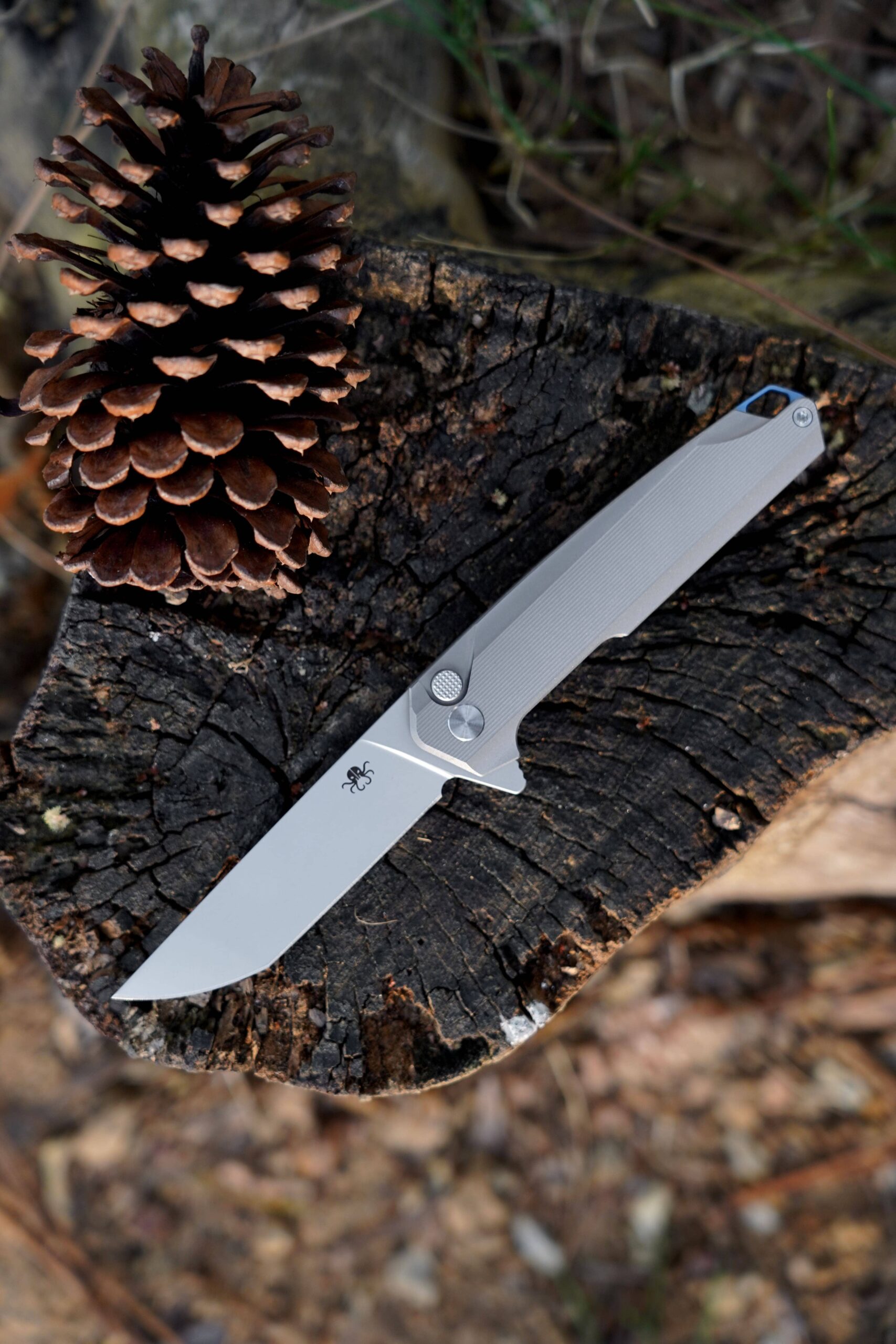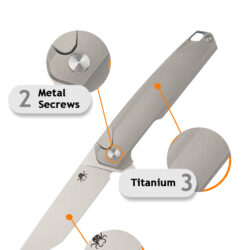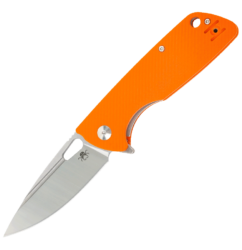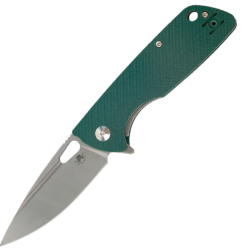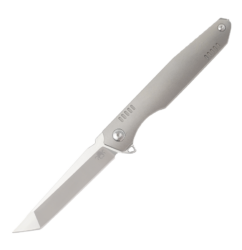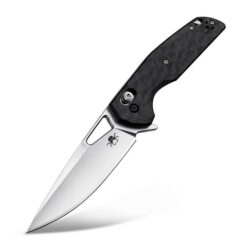How to Fold a Pocket Knife Safely and Correctly
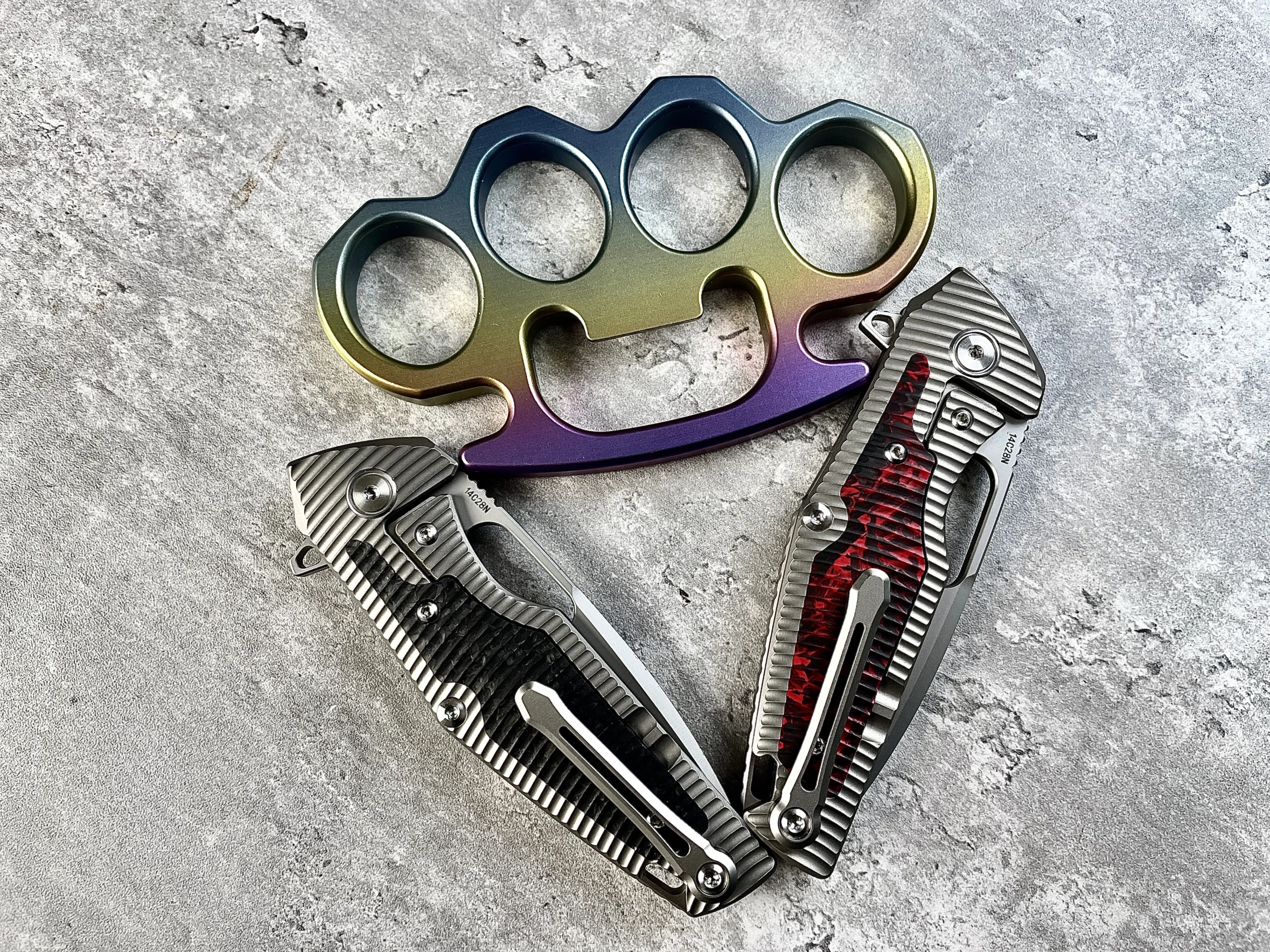

Pocket knives are versatile tools used for various tasks, from opening packages to outdoor survival. However, improper handling can lead to accidents. Learning how to fold a pocket knife correctly is essential for safety and maintaining the knife’s longevity. This guide will walk you through the steps, safety precautions, and maintenance tips for folding a pocket knife properly.
Understanding Your Pocket Knife
Before attempting to fold a pocket knife, it’s important to understand its mechanism. Most folding knives fall into one of these categories:
- Slip Joint Knives – These rely on a spring mechanism to keep the blade open or closed. They do not lock in place.
- Locking Knives – These have a mechanism (liner lock, frame lock, or back lock) that secures the blade in place when open.
- Multi-Tool Knives – These include additional tools like screwdrivers or scissors and may have different folding mechanisms.
Knowing your knife type ensures you handle it correctly when folding.
Step-by-Step Guide to Folding a Pocket Knife
1. Ensure the Knife is Safe to Fold
- If the blade is locked, check the locking mechanism (e.g., liner lock, frame lock).
- Keep fingers away from the blade’s path to avoid accidental cuts.
2. Release the Lock (If Applicable)
- For a liner lock, push the metal liner to the side to disengage the lock.
- For a frame lock, move the frame slightly to release the blade.
- For a back lock, press the release lever on the spine of the knife.
3. Fold the Blade Back into the Handle
- Use your thumb to guide the blade downward gently.
- Avoid forcing the blade; if it resists, check for obstructions.
4. Confirm the Blade is Securely Closed
- Ensure the blade is fully seated inside the handle.
- Some knives have a “half-stop” position—make sure it’s fully closed.
5. Store the Knife Properly
- Keep it in a dry place to prevent rust.
- If carrying it, use a sheath or pocket clip to avoid accidental openings.
Safety Tips When Folding a Pocket Knife
- Always Cut Away from Yourself – When closing the knife, ensure your fingers are clear.
- Use Two Hands if Necessary – Some knives require extra control when folding.
- Keep the Knife Clean – Dirt or debris can interfere with the folding mechanism.
- Never Force the Blade – If it doesn’t close smoothly, inspect for damage.
Maintaining Your Folding Knife
Proper maintenance ensures smooth operation:
- Lubricate the Joint – Use a light oil (e.g., mineral oil) on the pivot point.
- Clean Regularly – Remove dirt with a soft cloth and mild solvent if needed.
- Check for Wear – Inspect the locking mechanism and blade for damage.
Conclusion
Folding a pocket knife correctly is a simple yet crucial skill for safe handling. Whether you have a slip joint or a locking knife, following the proper steps prevents accidents and prolongs the knife’s life. Always prioritize safety, maintain your knife regularly, and handle it with respect. With these practices, your pocket knife will remain a reliable tool for years to come.
Would you like additional tips on knife sharpening or legal considerations for carrying a pocket knife? Let me know how I can expand on this topic!

